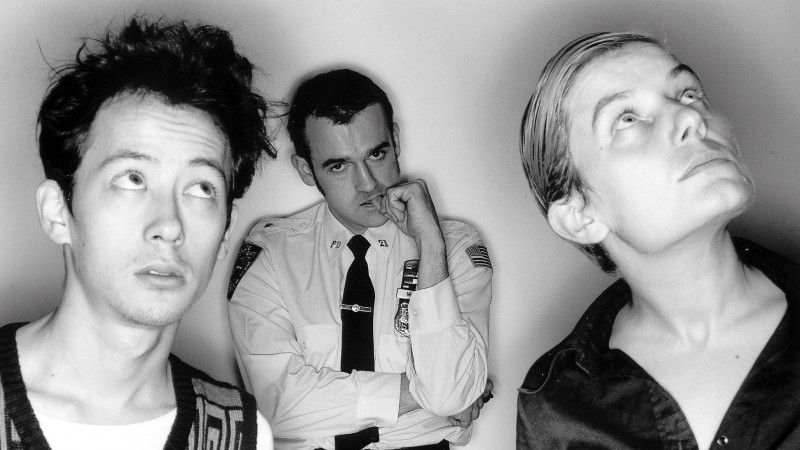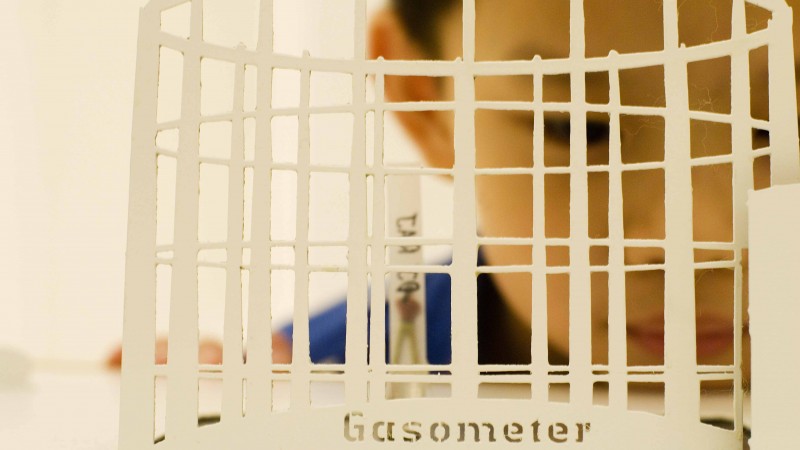Nick is back from his 5-month sabbatical; he went to Madrid, Massachusetts and Middle Street (Brighton).
Our volunteer Matias Daporta interviewed him on his return to find out what he got up to:
Hey Nick, happy to be back?
Yes, I think so (Laughs)
What did you get up to while you were away? Any new inspirations?
Well, I was trying to investigate new ways of working… for example, keeping with sketchbooks again, developing a studio practice that allows for more curiosity and practical experimentation. Also, catching up on new developments in technology around Javascript and web development.
It also gave me time to catch up on reading, in particular, around socially engaged practices using technology, the circular economy and communities which depend on communally owned resources, as written about by Elinor Ostrom.
I was interested in trust and the principles of organisation in those communities and if there is a parallel with culture, in digital culture – if we can understand culture as a resource – and how, through Blast Theory, we could encourage similar ways of organisation and community.
So, what are your plans now you’re back at Blast Theory?
I don’t have ideas yet for a specific project, but I’m thinking more about how we create projects – about our priorities when we’re making work.
I also played with writing and the language of science fiction – it feels like a way to critique the present that allows you to be funny or trashy. We tried something of this with I’d Hide You, but not really exploring it in depth. It feels like sci-fi provides an approach that can be more accessible, more mainstream.
I have been meeting people whose processes are strongly driven by their personal interests and curiosities. They often struggle with fundraising but because of this their work depends more on their own resources.
Did these encounters change your perspective on Blast Theory?
It feels that in Blast Theory, we have a lot of dependencies in our work; dealing with multiple agendas and juggling multiple projects. Thinking about what we do and why, I realized that this brings a lot of complexity into the process.
I find us sometimes making it too difficult for ourselves, trying to grow, to reach for things that go far beyond what we’ve done before…there is a simplicity of process possible that I’ve learnt and that I would like to include from now on. It’s also about having a sharper focus.
Where does you desire to keep making art come from?
I suppose that one of the things that came back over the months is the preoccupation around interpersonal communication. It has always been difficult for me to put things into words, but art allows me to use metaphors, imagine landscapes from where I can talk about personal things. It’s a side of me that came back during the sabbatical.
The urge that brings me back to Blast Theory is about creating a world where I feel at home, creating the kind of interactions that I am comfortable with having. And it connects with the idea of the community that I spoke of before, to create a community that feels pleasurable and comfortable – and still exciting.
And in relation to the sci-fi, I don’t mean epic Hollywood sci-fi – where you come out of the movie and the everyday world seems less rich than when you went in – where your daily life feels somehow drained of significance. I really believe that one can use sci-fi more like Ballard, to actually do the opposite, to bring you much closer to life.
The contribution of Blast Theory, our history, has always been through making experiences enacting a new reality, a new way of interacting. Who controls the language? How do we support each other? How do we follow each other? What are the physical outcomes that we are getting from that?









